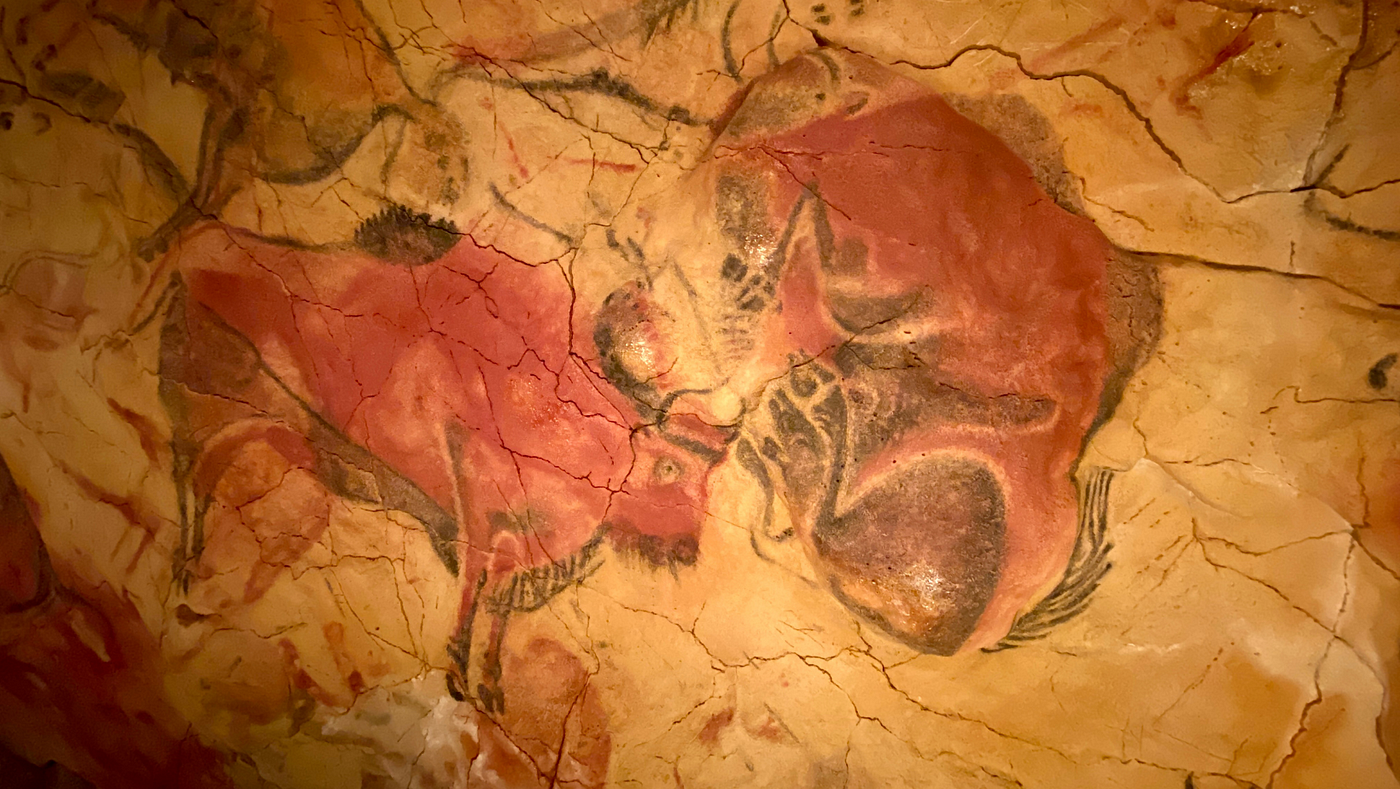Caves have long fascinated explorers, scientists, and historians alike. They are nature’s time capsules, preserving ancient artifacts, fossils, and even entire civilizations lost to time. Some caves remain untouched for centuries, shielding their secrets from the modern world. In rare cases, explorers and archaeologists stumble upon caves sealed for over 1,000 years, offering a unique glimpse into the past. These untouched caves provide invaluable insights into ancient cultures, ecosystems, and climatic conditions, making them some of the most exciting discoveries in modern history.
The Discovery of Untouched Caves
Throughout history, there have been several instances where explorers have discovered caves that have remained undisturbed for a millennium or more. These caves often contain relics from forgotten civilizations, prehistoric cave paintings, and perfectly preserved organic materials that provide clues to life in ancient times.
Some of the most significant discoveries include the following:
The Cave of Altamira, Spain – Though first discovered in the 19th century, this cave remained sealed for thousands of years, preserving prehistoric paintings dating back over 20,000 years.
Mogao Caves, China – Also known as the Caves of the Thousand Buddhas, some chambers were sealed for over 1,000 years before rediscovery in the early 20th century, revealing stunning Buddhist manuscripts and murals.
The Cave of Horror, Israel – Named for the skeletons found inside, this cave had been sealed for nearly 2,000 years and contained ancient scrolls, coins, and weapons from the Bar Kokhba Revolt.
These discoveries have reshaped our understanding of ancient civilizations, proving that caves can serve as invaluable records of human history.
How Do Caves Remain Untouched for Centuries?
The preservation of caves for 1,000 years or more is rare, and several factors contribute to their isolation:
Natural Sealing Events – Landslides, earthquakes, and volcanic eruptions can seal cave entrances, preventing human and animal access.
Geographical Isolation – Some caves are located in remote or inhospitable regions, making them difficult to reach.
Cultural or Religious Taboo – Some caves are deliberately avoided due to religious beliefs, superstitions, or legends of curses.
Intentional Concealment – Ancient civilizations deliberately sealed some caves to hide treasures, protect sacred relics, or preserve knowledge.
These factors contribute to the astonishing preservation of artifacts and biological materials in these hidden chambers.
What Do Untouched Caves Reveal?
Caves that have remained undisturbed for 1,000 years often contain unique discoveries that shed light on different aspects of ancient life. Some of the key findings include:
Many cultures used caves as burial sites. Some caves’ dry, cool environments can naturally preserve human remains, allowing scientists to analyze ancient DNA and understand the health, diet, and migration patterns of past populations. Examples include the remains of early humans found in Shanidar Cave (Iraq) and Red Lady Cave (Wales).
Cave art provides a window into ancient people’s beliefs and daily lives. Many untouched caves contain well-preserved paintings that depict animals, hunting scenes, and spiritual symbols. These images offer clues about prehistoric societies and their interactions with nature.
Many caves were used as shelters or religious sites, leading to the discovery of tools, pottery, weapons, and clothing. These objects help historians understand technological advancements and cultural practices of ancient civilizations.
Some caves contain plant remains, animal bones, and even well-preserved food supplies that provide insights into ancient societies’ diets and agricultural practices. Ice caves, such as those in the Arctic, can even preserve whole animal carcasses, such as the woolly mammoths discovered in Siberia.
One of the most significant cave discoveries was the Dead Sea Scrolls, a collection of ancient Jewish texts in the Qumran Caves in Israel. These documents, hidden for nearly 2,000 years, provide invaluable insights into early religious thought and biblical history.
The Challenges of Exploring Untouched Caves
Discovering and studying a cave that has been sealed for over 1,000 years presents several challenges:
Access and Safety – Many caves are located in treacherous areas, requiring specialized climbing and diving equipment to explore.
Preservation Concerns – Introducing fresh air, human touch, and artificial light can rapidly deteriorate ancient cave paintings and organic materials.
Cultural Sensitivities – Some caves are considered sacred by indigenous or local communities, requiring careful negotiations for access and study.
Environmental Hazards – Toxic gases, unstable structures, and hidden water-filled chambers make cave exploration dangerous.
Archaeologists and cave explorers use state-of-the-art technology, including LiDAR scanning, 3D mapping, and robotic probes, to study caves while minimizing disturbance to their fragile environments.
The Future of Cave Exploration
With technological advancements and increased funding for archaeological research, discovering more untouched caves is inevitable. Scientists continue to push the boundaries of exploration, searching for hidden chambers in some of the world’s most remote locations.
Possible future discoveries include:
Underground Cities – Some cultures built entire underground complexes that have yet to be fully explored.
Lost Tombs and Temples – Hidden burial sites of ancient rulers could provide new insights into past dynasties and civilizations.
Prehistoric Climate Records – Stalagmites and stalactites inside caves contain data on climate change over thousands of years.
Preserving these sites while allowing scientific study is a delicate balance, but one that could lead to groundbreaking revelations about human history and the natural world.
Conclusion
Caves untouched for 1,000 years serve as natural time capsules, offering glimpses into ancient civilizations, prehistoric life, and long-lost knowledge. Each discovery brings us closer to understanding our ancestors, their cultures, and the challenges they faced. As technology improves, more of these hidden worlds will come to light, reshaping our understanding of history. For now, these ancient caves remain one of the most thrilling frontiers in archaeology, promising more secrets yet to be uncovered.

